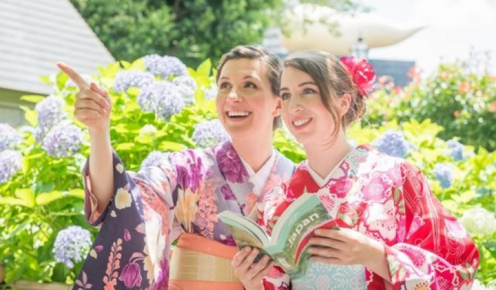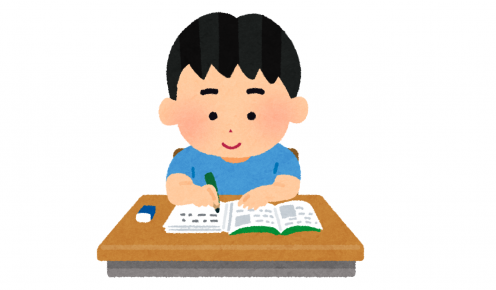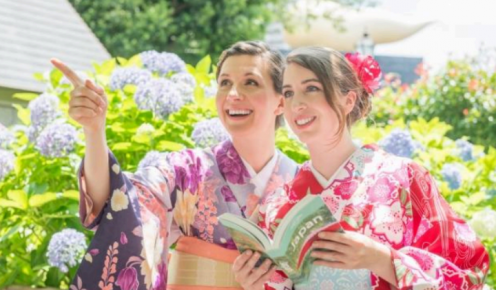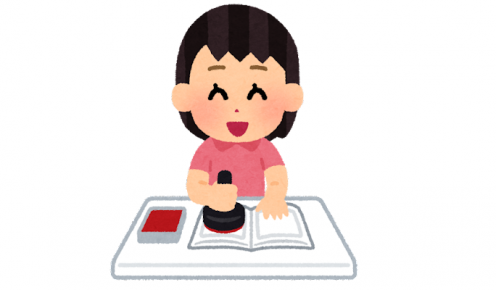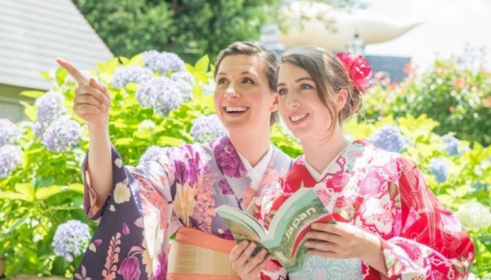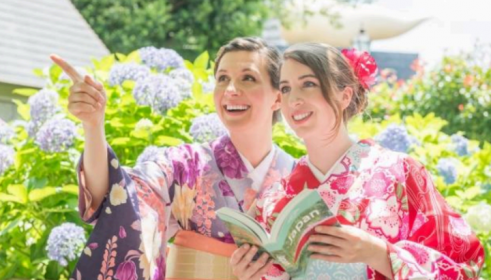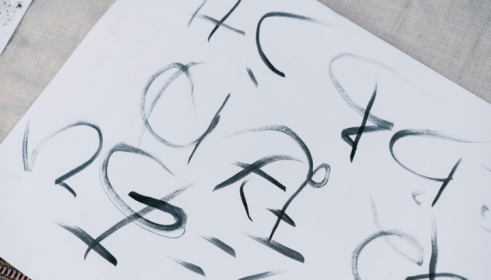While watching your favourite anime or japanese show, you may have encountered someone call the other character by adding some kind of suffix to their name. For example, chan used in your childhood beloved show “shinchan”. These words that are added to someone’s name or surname when addressing them are called honorifics. In Japanese honorifics are deeply ingrained and have been used for long time. Even in the modern times use of honorifics is very prevalent throughout Japan. In this article I will be explaining some of these honorifics.
What are the Honorifics in Japanese Language?

Honorifics in Japanese are expressions or words used while addressing or calling someone, just like one use mister or miss in English. Apart from chan there are many other types of honorifics. Each honorific is used in different situations and can change according to the person addressed or what the level of the person who is addressing.
Types of Honorifics in Japanese language:
The four common honorifics are Chan, Sama, Kun and San. Each of these are as follows:
- San:

The most used honorific in day-to-day conversation in Japan is san. San can be used for anyone and in any situation be it business or informal settings. San can be used for people of any age, but it is not commonly used for children but can be used for teenagers and people older than that. This honorific can be used in both formal and informal settings i.e. for friends as well as strangers. Sometimes san is used for some non-living objects as well.
- Sama:
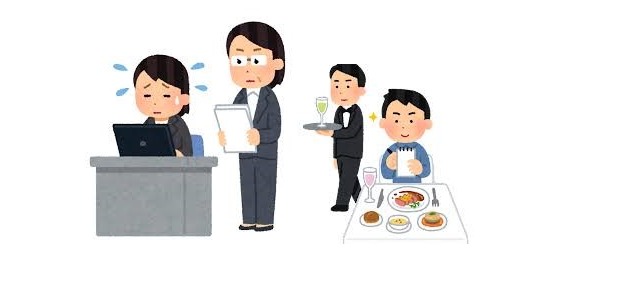
This honorific is used when addressing someone who is your superior or someone who is a client in business settings. For example, when dealing with a client named Yamada one can address him as –Yamada Sama. Also, you may encounter a word “Okyaku sama” in Japanese restaurants and shops. This phrase is used to address customers in shops by the staff members to show respect and gratitude for coming to their shops. And lastly sama can be used to address Gods.
- Chan:

Chan is used for addressing young girls and children. Sometimes boys having cute and sweet personality are also addressed as chan by their friends. Chan can be used for animals as well emphasizing their cute and small shape, for example, many people call cats ‘neko chan’.
- Kun:

Kun is mostly used to address boys and kids. But it can be used to address students be it any gender by teachers as in that case kun is referring to ‘pupil’.
Cultural Implications:
Honorifics are way to show politeness, respect and gratitude towards the people but is also uncovers the hierarchical aspect of Japanese society, it shows how your level in the society can influence how you are expected to communicate and show respect to the elderly and superiors. It also requires people to be more polite towards other people.
Japanese society expects its individuals to be polite and respectful which creates a harmonious environment.
So, language learners are often advised to understand the honorifics and politeness in Japanese so that they can communication harmoniously with people and make long-term friends and acquaintances. Learning honorifics beforehand will also help in avoiding any kind of misunderstanding.
Conclusion:
Japanese language is filled with many levels of formality and rules of speech which may be difficult for some learners at the beginning but as they start to understand Japanese language more, they start appreciating the beauty in its complexity.
We at Nihongomax encourage language learners to start their journey by taking one step at a time and be proficient in their skills. With time learning becomes more fun and worthwhile.
Thank you for reading!
For learn more about Japan and Japanese language, checkout our YouTube channel Nihongomax and our website Nihongomax.com.




